
Tucked away in a British newspaper called The Globe in its edition of 4 October 1920 was a short story with an intriguing headline: “A Mock Paris: French Plan to Hoodwink German Raiders."
The ruse, explained the paper, had only just come to light, and it was almost too fantastical to be true. "Camouflaged streets, factories, dwelling houses, railways, with stations and trains complete, and in fact a camouflaged capital, was the gigantic task on which French engineers were engaged when the Armistice put an end to military operations," ran the report. It was the brainchild of an electrical engineer called Jacopozzi; a way to draw German aircraft away from the capital and onto a fake conurbation where bombs could fall without causing death and destruction. But the Germans sued for peace as the city began to take shape and Jacopozzi's ingenuity was never put to the test.
Paris was first bombed by German aircraft on 30 August 1914, the first time that a capital city had been attacked in such a manner. Four small bombs were dropped from the hands of Ferdinand von Hiddessen and his observer from their Rumpler Taube monoplane. The casualties were minimal, but the wider psychological damage was profound. A little over a decade after the Wright brothers had made the first brief flight in the airplane, the Americans' invention was a new and terrifying weapon of war. The home front was now a battlefront, and women and children were no longer safe from enemy fire.
DEATH FROM ABOVE
This story is from the April 2022 edition of History Revealed.
Start your 7-day Magzter GOLD free trial to access thousands of curated premium stories, and 9,000+ magazines and newspapers.
Already a subscriber ? Sign In
This story is from the April 2022 edition of History Revealed.
Start your 7-day Magzter GOLD free trial to access thousands of curated premium stories, and 9,000+ magazines and newspapers.
Already a subscriber? Sign In
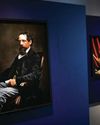
'Dickens's evocation of the fears, excitement and confusion of childhood is peerless'
DR LEE JACKSON ON WHY CHARLES DICKENS REMAINS RELEVANT TODAY
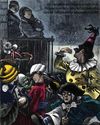
THE AUTHOR GOES ABROAD
Dickens expanded his horizons and boosted his fan-base by venturing overseas - but global fame came with a cost
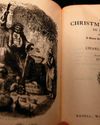
REVIVING THE FESTIVE SPIRIT
A Christmas Carol wasn't just a bestseller - it changed the way that Britons chose to mark the festive season

GIVING THE POOR A VOICE
From Hard Times to Oliver Twist, Charles Dickens used his pen to help illuminate the lives of the less fortunate
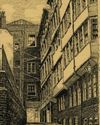
A JOURNEY THROUGH DICKENS'S LONDON
The works of Charles Dickens are synonymous with visions of Victorian London. We talk to Dr Lee Jackson about the author's love of the capital, and the locations that most inspired him
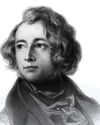
EXCEEDING EXPECTATIONS
Dr Lee Jackson chronicles Charles Dickens's journey from down-at-luck teenager to titan of Victorian literature
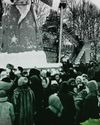
GIFTS, TREES & FEASTING
We take a journey through the photo archives to reveal how Christmas and its many traditions have been celebrated over the years - and around the world
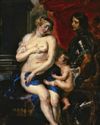
WHAT GREAT PAINTINGS SAY
We explore the story behind an allegorical painting that celebrates the triumph of love over hate, peace over war
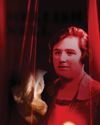
HELLISH NELL
Malcolm Gaskill delves into the life of Helen Duncan - the fraudulent Scottish medium whose ectoplasm-filled seances saw her ending up on the wrong side of the law

7 THINGS YOU (PROBABLY) DIDN'T KNOW ABOUT THE WHITE HOUSE
Presidential historian Dr Lindsay M Chervinsky reveals some of the most surprising facts about the world-famous US residence